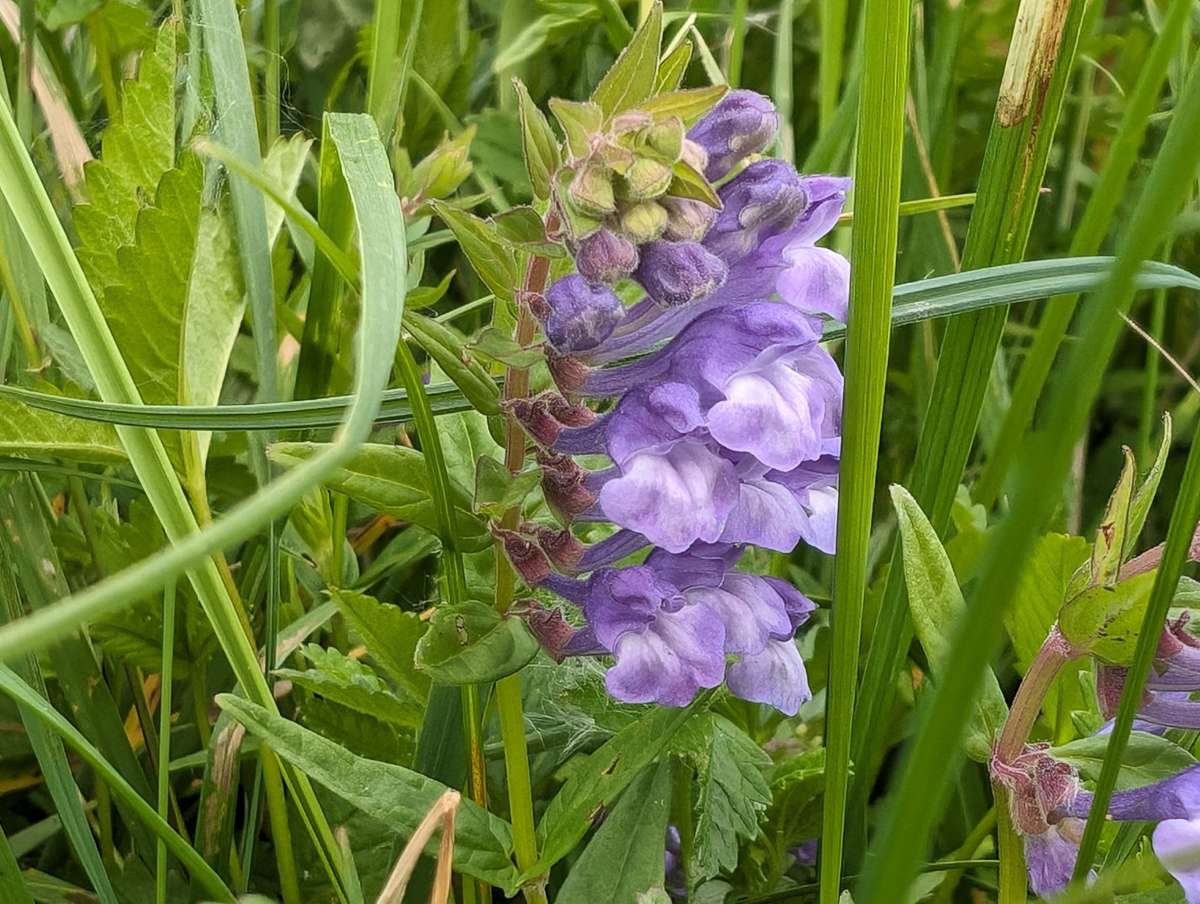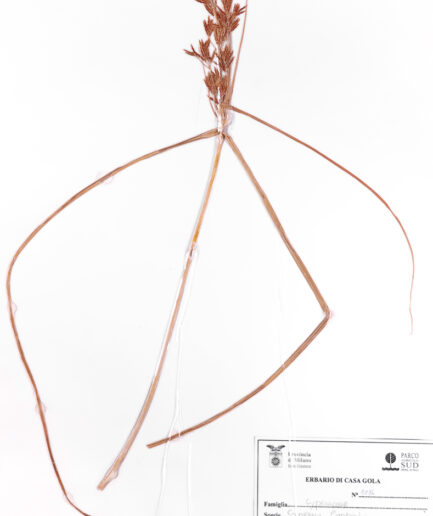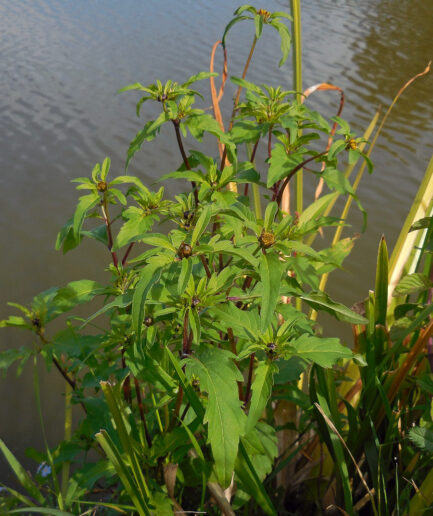Norfolk skullcap
Scientific name: Scutellaria hastifolia L.
Family: Lamiaceae
MORPHOLOGY
Appearance and Size: Perennial herbaceous plant with rhizomes, 20 to 40 cm tall.
Stem: Erect, quadrangular, mostly glabrous stem, either simple or with opposite, arching branches.
Leaves: Leaves are petiolate, opposite, and distinctly hastate. The lower leaves have 2-3 teeth at the base, while the upper leaves usually have entire margins.
Flowers: Hermaphroditic, zygomorphic flowers are distributed along the stem, usually in pairs at the axils of leaves similar to the others. The green-purple bilabiate calyx is ventricose-campanulate, equipped with a spongy scale on the back, and covered with glandular hairs. The bilabiate corolla varies in color from violet to purple, with a highly curved tube at the base, 20-25 mm in length, longer than the axillary leaf in the upper whorls. Blooms from May to July.
Fruits and Seeds: The fruits consist of 4 subglobose mericarps (nutlets), rugose-tuberculate, enclosed within the enlarging perianth which has a characteristic shield shape, about 1 cm long.
DISTRIBUTION AND HABITAT
Uncommon and localized, found in the central and northern regions of Italy, excluding the northwest, and in Molise and Apulia, from sea level up to 1,400 m. Grows in wet meadows and along the banks of ditches and canals.
Photo: licensed free of charge from iNaturalist





















